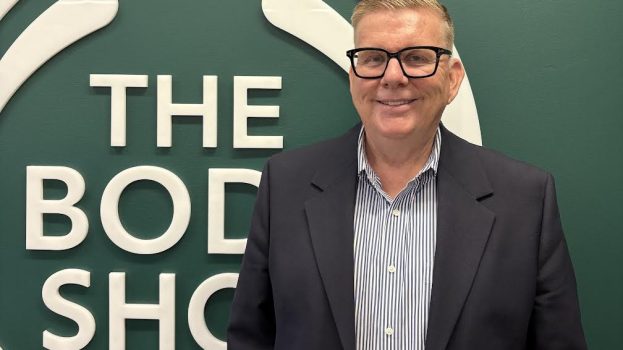
Proctor & Gamble has announced it’s seeking a patent that would help it develop recyclable versions of absorbent single-use products like diapers. It’s part of the company’s broader sustainability goals, which include making 100% of its packaging recyclable by 2030.
The Big Picture
According to various estimates, North American landfills are a repository for some 30 to 40 billion disposable diapers each year. CPG companies have been increasingly under fire over their environmental footprint, with many using non-recyclable components for their product packaging.
The company recently launched EC30, a site where consumers can purchase scaled-down recyclable bamboo “swatch” packaged versions of its line of soaps and detergents, minus the plastics and inactive ingredients. And its recent high-profile partnership with Loop/Terracycle, a circular delivery recycling service, is aimed at reducing waste and packaging for high-profile brands like Tide, Cascade and Pantene.
P&G says Pampers is its biggest brand globally, and the company has been engaged in sustainability efforts with respect to its diapers to meet its green goals: the company has claimed it has reduced its diaper material weight by 18% since 2016, with a goal of using 30% less material per baby. In Italy, the brand has partnered with healthcare group Angelini to create a sustainable recycling loop to turn dirty diapers into plastic bottle caps and cellulose-based clothing materials.
P&G also reports that it would continue to decrease the number of overall components for its diapers and to use more sustainable materials (separating out the complex layers and pads are among the deterrents when it comes to recycling diapers, and some municipalities are not equipped to process lingering biological waste products as well).
The Strategy
Jennifer Lynes, associate professor, University of Waterloo’s School of Environment, Enterprise and Development believes that there’s an opportunity for P&G to create a new product line that is eco-friendly inside and out, and that diaper innovations fit within the company’s broader green mandate.
An April 2019 Euromonitor report found that established CPGs like Kimberly Clark’s Huggies and P&G’s Pampers are facing tougher competition from private labels (according to the report, private labels are no longer perceived to offer basic quality at a lower price, with consumers stating that new brands have improved the quality and sophistication of their offerings). Patrick Callery, assistant professor of strategic management at Carleton University’s Sprott School of Business believes that could be one reason behind CPG companies looking to innovate on the eco front.
According to the survey, nearly half of all parents want to use natural diaper products. (However, Callery says he doesn’t see cloth displacing disposables on a broad scale any time soon.) “I think this aspect has been driving some of the ‘biodegradable’ brands entering the market in recent years… environmentally-conscious consumers are looking for something that provides that convenience, and at the same time helps assuage their guilt over contributing to a consumer waste problem.” Callery adds that, as a parent, he sees disposable diapers as having an “insurmountable advantage of convenience.”
At the Sustainable Brands 2019 conference in Detroit, Lynes says she met with P&G and was impressed by its EC30 and Loop sustainability efforts.
The company, she says, is in the process of testing and further refining its understanding of just how fast consumers go through various products in its new scaled down recyclable package sizes. She adds that based on what she witnessed from the company at Sustainable Brands, she thinks the desire for change is genuine and adds that there are other multinationals that are trying to streamline ingredients so that the packaging is more homogeneous and the supply chain is made more efficient.
She says as the more eco-conscious Gen Y group starts to make their own purchasing decisions, it’s wise for companies to offer more sustainable packaging. However, Lynes warns that companies need to be careful about misleading the public about what constitutes recyclability or compostability: “Just because it’s technologically possible to recycle some items doesn’t mean that you can make a blanket statement that it can go in the recycling stream.”























